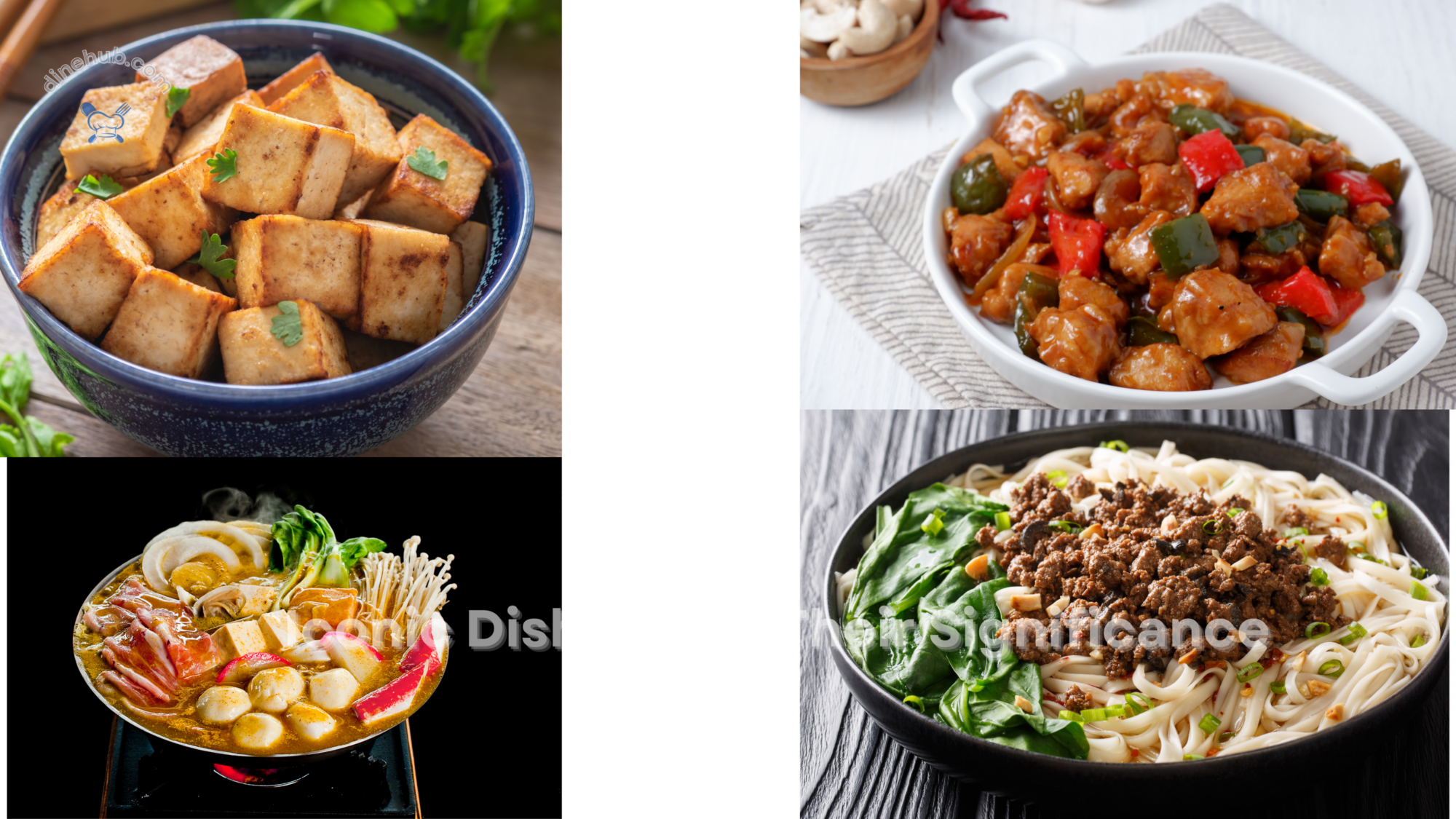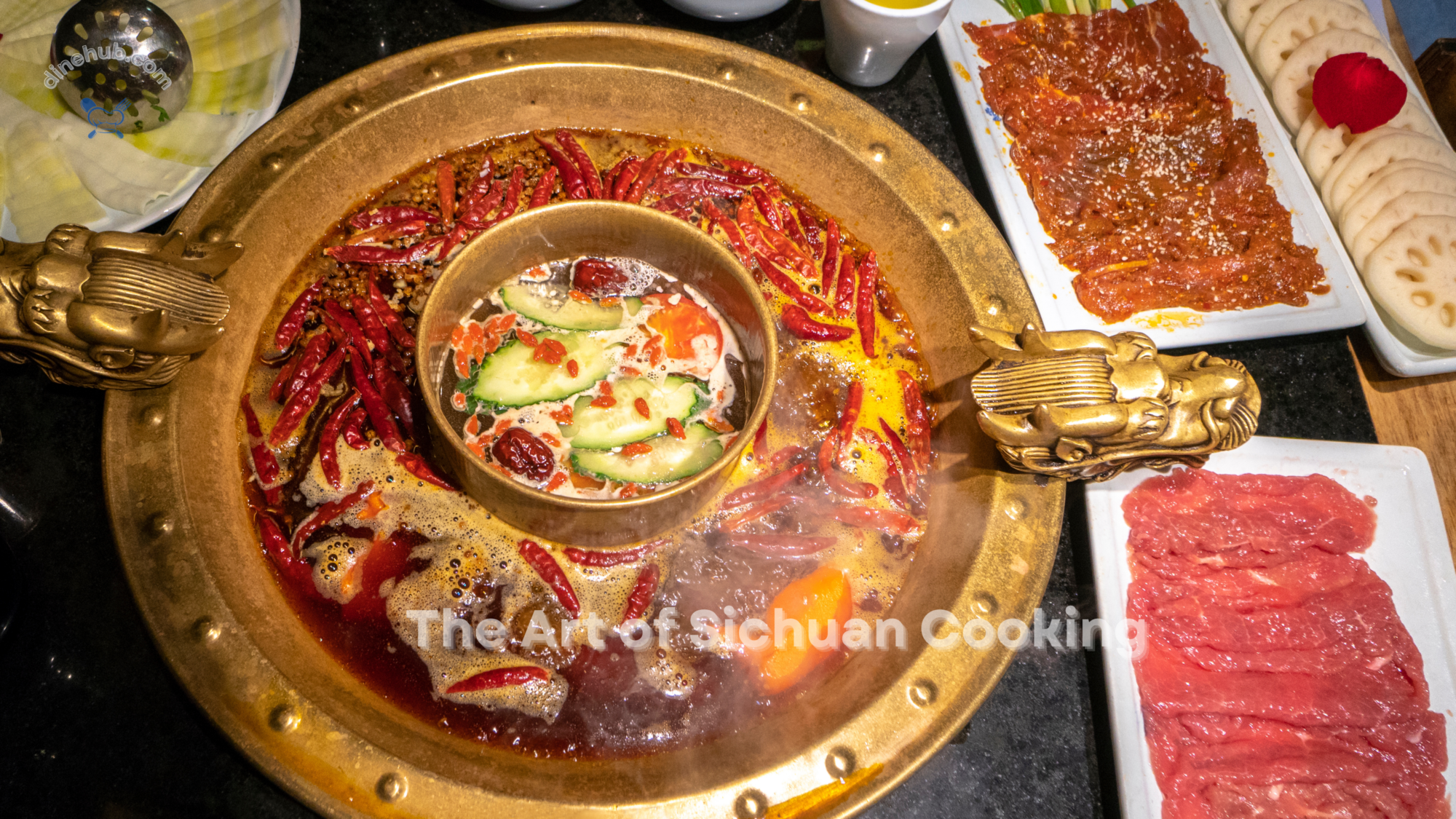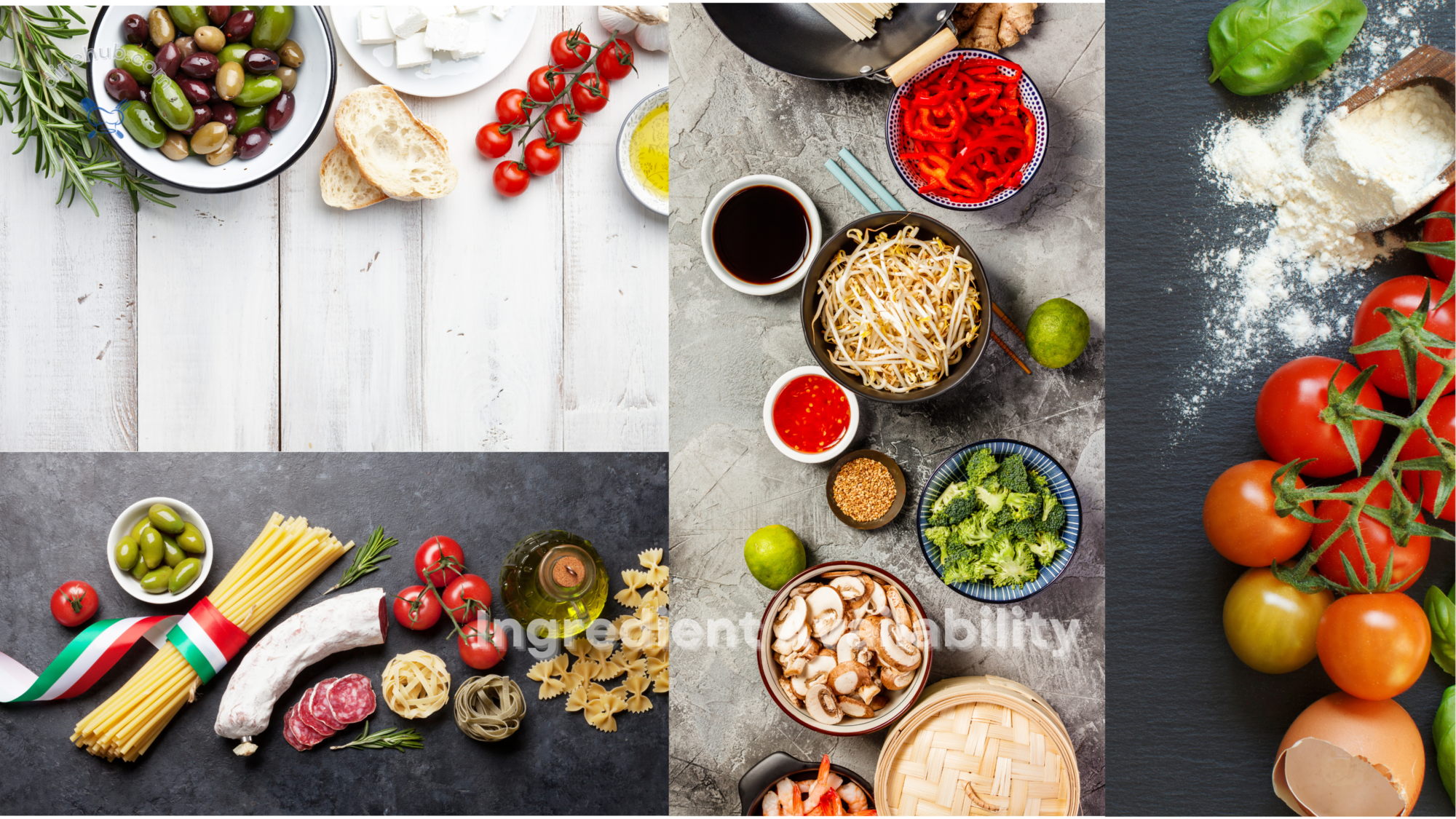Sichuanese Cuisine is renowned for its bold flavors and unique culinary techniques, making it a must-try for any food lover seeking an extraordinary dining experience.
Sichuanese cuisine, originating from the Sichuan Province in China, is celebrated for its bold and intense flavors, diverse ingredients, and unique cooking techniques. Known for its liberal use of garlic, chili peppers, and the famous Sichuan peppercorn, this cuisine offers a sensory adventure that food lovers can’t resist. This article explores Sichuanese cuisine, delving into its history, signature dishes, and why it has become a global favorite.
The Rich History of Sichuanese Cuisine
1. Origins and Influences
Sichuanese cuisine has a long history dating back over 2,000 years. Its development was influenced by the region’s humid climate, which necessitated the use of spices and preservation methods to keep food fresh. The cuisine also reflects the diverse cultural influences of neighboring regions and trade routes, incorporating a variety of ingredients and cooking styles.
Historical Highlights:
- The use of Sichuan peppercorn, a key ingredient, can be traced back to ancient times.
- The introduction of chili peppers in the 17th century revolutionized the cuisine.
- Preservation techniques such as pickling and drying became essential due to the climate.
Signature Flavors and Ingredients
2. The Bold and Spicy Profile
The defining characteristic of Sichuanese cuisine is its bold, spicy flavor profile. This is achieved through the use of various spices, especially the Sichuan peppercorn, which imparts a unique numbing sensation known as “mala.” This numbing heat, combined with the fiery kick of chili peppers, creates a distinct taste that sets Sichuanese cuisine apart.
Key Ingredients:
- Sichuan Peppercorn: Provides a numbing and tingling sensation.
- Dried Red Chili Peppers: Add heat and depth of flavor.
- Garlic and Ginger: Essential for balancing flavors.
- Fermented Broad Bean Paste: Known as Doubanjiang, it adds umami and richness.
Must-Try Sichuanese Dishes
3. Iconic Dishes and Their Significance

Sichuanese cuisine boasts a wide array of dishes, each with its unique flavor and preparation method. Some of the must-try dishes include:
Mapo Tofu: A spicy and savory dish made with tofu, ground pork, and a rich sauce of fermented beans and chili.
Kung Pao Chicken: A classic dish featuring diced chicken, peanuts, vegetables, and chili peppers in a flavorful sauce.
Dan Dan Noodles: A popular street food consisting of noodles topped with a spicy, savory sauce made from preserved vegetables, minced pork, and chili oil.
Hot Pot: A communal dish where diners cook various ingredients in a simmering pot of spicy broth.
The Art of Sichuan Cooking

4. Techniques and Preparation
The preparation of Sichuanese cuisine involves various cooking techniques that enhance the flavors and textures of the ingredients. These techniques include:
Stir-Frying: Quickly cooking ingredients over high heat to preserve their freshness and texture.
Steaming: A method that retains the natural flavors and nutrients of the ingredients.
Braised: Slow-cooking ingredients in a flavorful liquid until tender and infused with the sauce’s richness.
Preservation: Techniques such as pickling, drying, and fermenting are used to preserve ingredients and add depth to dishes.
The Global Popularity of Sichuanese Cuisine
5. A Worldwide Sensation
In recent years, Sichuanese cuisine has gained immense popularity worldwide. Its bold flavors and unique culinary techniques have captivated food enthusiasts, leading to an increase in Sichuanese restaurants globally. The cuisine’s ability to adapt and incorporate local ingredients has also contributed to its widespread appeal.
Global Highlights:
- Sichuanese restaurants can be found in major cities across the world.
- Fusion dishes combining Sichuan flavors with local cuisines are becoming popular.
- Cooking classes and culinary tours focused on Sichuanese cuisine are in high demand.
Common Challenges and Solutions
6. Adjusting Spice Levels
One of the challenges of Sichuanese cuisine is its intense spiciness, which may not suit everyone. Adjusting the spice levels without compromising the dish’s authenticity can be tricky.
Solution:
- Restaurants often offer the option to customize the spice level to suit individual preferences.
- Chefs use a balanced approach to ensure that the numbing heat enhances rather than overpowers the flavors.
7. Ingredient Availability

Certain ingredients essential to Sichuanese cuisine may not be readily available in all regions, making it difficult to replicate the dishes authentically.
Solution:
- Many specialty stores and online retailers now offer Sichuanese ingredients.
- Home cooks can substitute some ingredients with locally available ones while retaining the essence of the dish.
Table: Key Ingredients and Their Roles
| Ingredient | Role in Sichuanese Cuisine |
|---|---|
| Sichuan Peppercorn | Provides the signature numbing sensation |
| Dried Red Chili Peppers | Adds heat and depth of flavor |
| Garlic and Ginger | Balance and enhance the overall taste |
| Fermented Broad Bean Paste | Adds umami and richness |
| Soy Sauce | Provides saltiness and depth to sauces and marinades |
1. What is the defining characteristic of Sichuanese cuisine? The defining characteristic is its bold and spicy flavor profile, often achieved through the use of Sichuan peppercorn and chili peppers.
2. Can the spice level in Sichuanese dishes be adjusted? Yes, many Sichuanese restaurants offer the option to customize the spice level according to individual preferences.
3. What are some must-try dishes in Sichuanese cuisine? Some must-try dishes include Mapo Tofu, Kung Pao Chicken, Dan Dan Noodles, and Hot Pot.
4. Where can I find authentic Sichuanese ingredients? Authentic ingredients can be found in specialty stores and online retailers that specialize in Asian or Chinese groceries.
5. How is Sichuan peppercorn different from regular pepper? Sichuan peppercorn is known for its unique numbing sensation, which sets it apart from the spiciness of regular black pepper.
6. What makes Sichuanese hot pot unique? Sichuanese hot pot is known for its spicy broth and the communal dining experience it offers, where diners cook various ingredients at the table.
7. Are there vegetarian options in Sichuanese cuisine? Yes, Sichuanese cuisine offers a variety of vegetarian dishes that are equally flavorful, such as eggplant in garlic sauce and stir-fried green beans.
8. How has Sichuanese cuisine gained popularity globally? Its bold flavors, unique techniques, and adaptability to local ingredients have contributed to its global popularity, with many restaurants and fusion dishes showcasing Sichuanese influences.
Conclusion
Sichuanese cuisine stands out for its intense and bold flavors, making it a favorite among spice enthusiasts and adventurous eaters. From its rich history and diverse ingredients to its signature dishes and global popularity, Sichuanese cuisine offers an extraordinary culinary experience. Whether you’re new to this cuisine or a seasoned fan, exploring the depths of Sichuanese flavors is a journey worth taking. Make sure to indulge in the authentic tastes and innovative dishes that define this remarkable cuisine. Please follow our blog Dines Hub.



